Day 5: GUPTKASHI – BADRINATH (200 KM / 8-9 HOURS)
On this fresh morning after breakfast, drive to Badrinath. On arrival at Badrinath, our representative will help you for smooth transfer to the hotel. Pilgrims after having a bath in the Taptkund go for the Darshan of Badrivishal and Aarti in evening. Brahamakapal is significant for Pinddan Shraddh of ancestors (Pitras). There are other interesting sightseeing spots like Mana, Vyas Gufa, Maatamoorti, Charanpaduka, Bhimkund and the “Mukh” of the Saraswati River. Just within the three kms of Badrinathjee. Overnight stay at Badrinath.
Badrinath one of the ‘Ancient Four Dhams’ and also one of the most celebrated pilgrimage spots of the country and is situated at an elevation of 3,133 meters, guarded on either side by the two mountain ranges known as Nar & Narayan with the towering Neelkanth Peak providing a splendid backdrop. This revered spot was once carpeted with wild berries. Thus the place got the name “Badri van”, meaning “forest of berries”.
Tapt Kund: Natural thermal springs on the bank of the river Alaknanda, where it is customary to bath before entering the
Badrinath temple.
Mana Village: Inhabited by an Indo-Mongolian tribe, it is the last Indian village before Tibet.
Vasundhara: As the name suggests, vasundhara is a magnificent water fall. This place is 5 km from Badrinath out of which 2 km is motor able up to Mana.
Bhim Pul: On the other side of Mana village, a massive rock forming a natural bridge, lies over the roaring Saraswati River. It presents a spectacular view of water thundering down through the narrow passage under the rock and is believed to have been placed there by Bhim, the second eldest among the five Pandava brothers.
Vyas Gufa (cave): Near Mana Village, this is a rock-cave where Ved Vyas is believed to have composed the Mahabharata and the pauranic commentaries.
Badrinath Weather: The average maximum temperature will be around 18° Celsius and the average minimum is 8° Celsius. Warm and woolen clothes are hence required for a stay in Badrinath throughout the year. Winter in Badrinath is often accompanied by snow falls. Winter is very chilly with an average temperature of 5° Celsius. Due to the extreme climatic conditions, this time is usually closed for tourists.

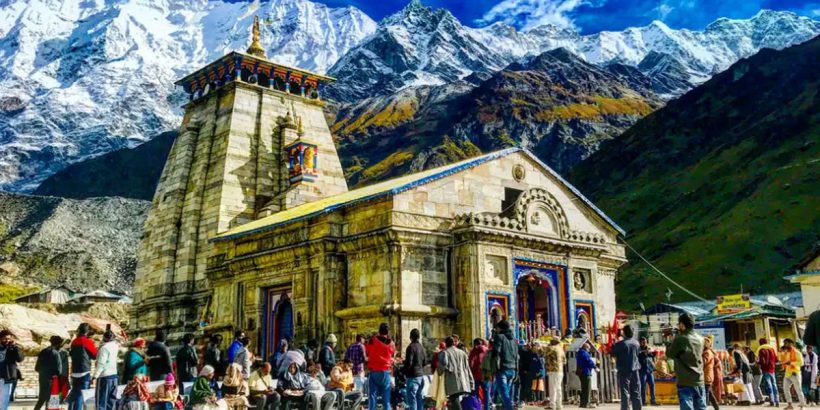
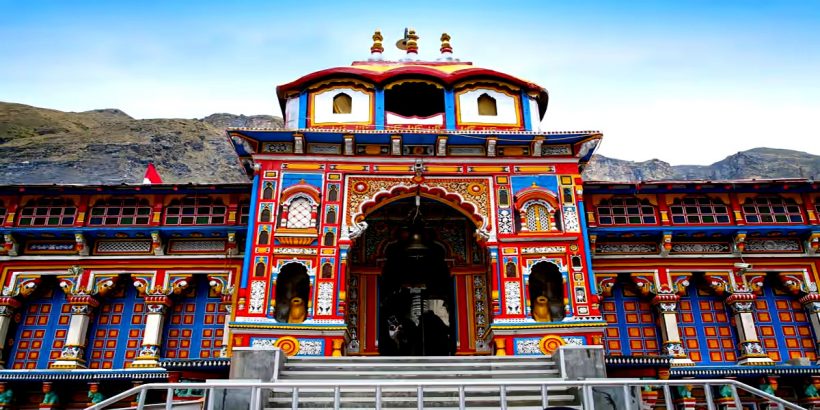
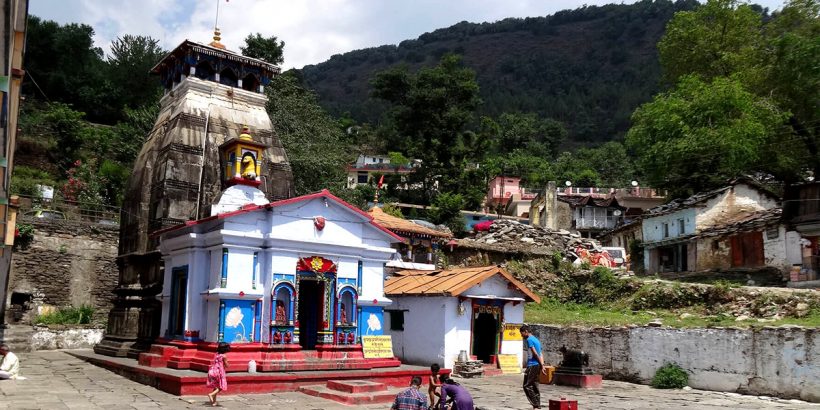
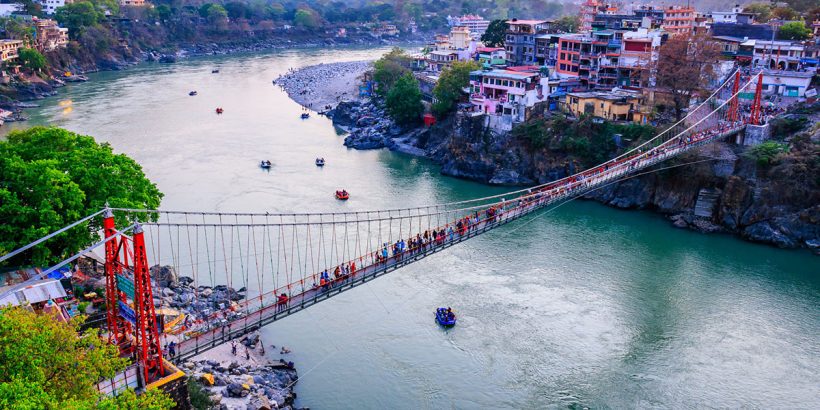

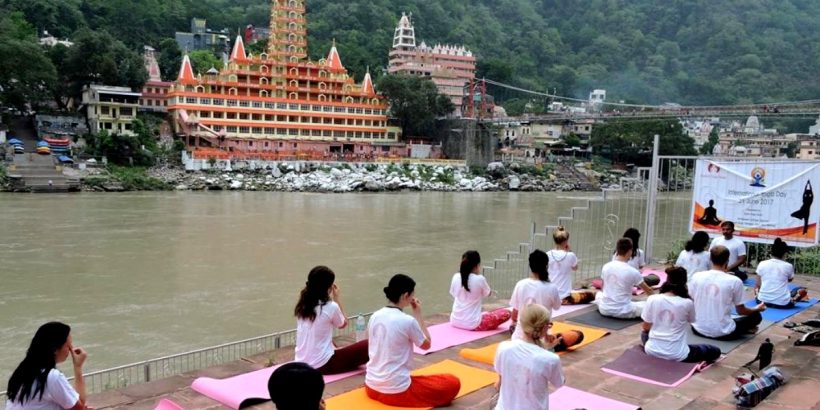
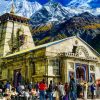
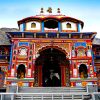
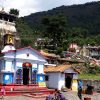
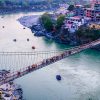
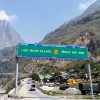
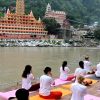
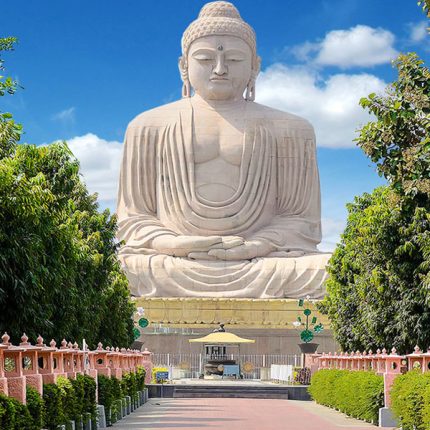
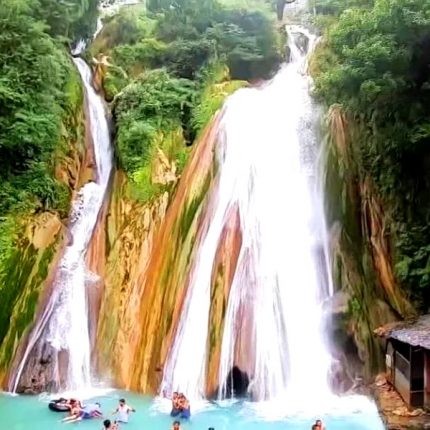

Reviews
There are no reviews yet.